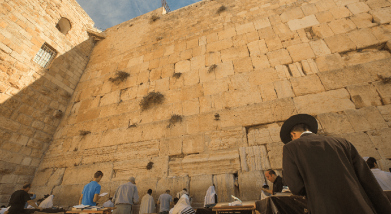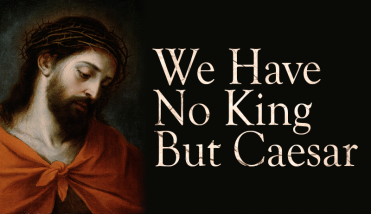 PMW 2024-029 by Kenneth L. Gentry, Jr., Th.D.
PMW 2024-029 by Kenneth L. Gentry, Jr., Th.D.
From time-to-time when I speak at conferences on the Olivet Discourse, I will have dispensationalists raise a question that they believe presents a problem for the preterist interpretation. I have even seen this in some published articles and books. Perhaps you have heard it yourselves. In fact, I know at least one of you have because you wrote me to ask me about it!
Now what is this challenge that some raise against the AD 70 fulfillment of the first portion of the Olivet Discourse? The challenge is:
How can you teach that AD 70 fulfills Jesus’ prophecy in Matthew 24:3? After all, that verse says “not one stone here shall be left upon another, which will not be torn down.” But we all know that the huge Wailing Wall that exists today was a part of the temple.
Continue reading

 PMW 2024-028 by Kenneth L. Gentry, Jr.
PMW 2024-028 by Kenneth L. Gentry, Jr. PMW 2024-027 by Kenneth L. Gentry, Jr., Th.D..
PMW 2024-027 by Kenneth L. Gentry, Jr., Th.D.. PMW 2024-026 by Kenneth L. Gentry, Jr., Th. D.
PMW 2024-026 by Kenneth L. Gentry, Jr., Th. D. By Ken Gentry
By Ken Gentry
 PMW 2024-025 Kenneth L. Gentry, Jr., Th.D.
PMW 2024-025 Kenneth L. Gentry, Jr., Th.D. PMW 2024-025 by Kenneth L. Gentry, Jr.
PMW 2024-025 by Kenneth L. Gentry, Jr.
Recent comments